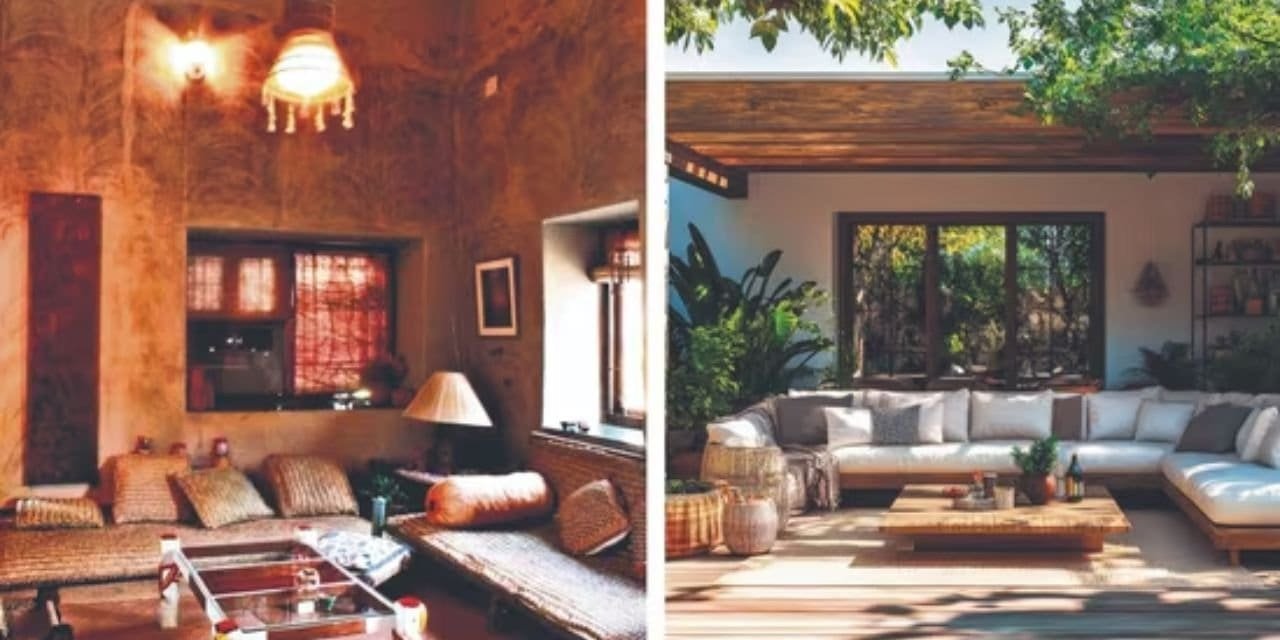As we step into 2025, the interior design world is shifting towards trends that embrace sustainability, comfort, and smart functionality. From biophilic decor to cutting-edge furniture that adapts to your lifestyle, this year is all about creating spaces that are as practical as they are stylish. Here’s a roundup of the key design trends that will define the year ahead.
Smart Furniture for Optimized Spaces

Multi-functional furniture is taking over as homes with limited space seek to maximize their potential. Ottomans that double as storage, Murphy beds, and wall-mounted desks are all great solutions for small living areas. Embrace sliding doors, neutral tones, and open layouts to create a luxurious feel, while pastels and textured accents provide a personal touch. “A shift towards thematic bedrooms reflecting individual personalities will define 2025,” says Aashita Chadha, co-founder of The KariGhars.
Bringing the Outdoors In

Biophilic design continues to be a dominant trend this year. Think indoor plants, wooden furniture, and earthy tones that create a calming and natural atmosphere. “2025 is set to change design trends by focusing on sustainability, functionality, and personalization,” says Raghunandan Saraf, founder of Saraf Furniture. Modular sofas and foldaway tables in shades of sage green and terracotta will help make your home feel warm, cozy, and in harmony with nature.
A Scented Touch of Personalization

This year, design goes beyond visuals with the addition of inviting aromas. Create an immersive atmosphere with candles, diffusers, stovetop simmer pots, and floral wreaths to enhance your space’s ambiance. “Home and office spaces will embrace scent as a layer of design that even facilitates performance,” says Ridhima Kansal, director of Rosemoore.
Minimalism Meets Functionality

In kitchens, functionality and sleek aesthetics will reign supreme. Bold colors paired with warm whites, greys, and earth tones will create a serene atmosphere that blends chic elegance with cozy comfort. “2025 will see a rise in cabinetry without handles and open shelving, creating minimalist layouts that make the most of your space,” says Selvakumar Rajulu, MD of Nolte FZE.
Natural Materials for Timeless Luxury

Natural materials are making a comeback, with stone, mud, wood, and recycled elements taking center stage in luxury design. “This trend reflects a commitment to sustainable design, where beauty, functionality, and respect for the environment come together,” says Brijesh Bansal, founder of Stone Art. From sculptural pieces to eco-friendly furniture, these materials will define timeless and elegant interiors.
As 2025 unfolds, these trends will shape the future of interior design by creating spaces that are not only beautiful but also functional and sustainable. Embrace these changes to create a home that is both stylish and mindful of the environment.

